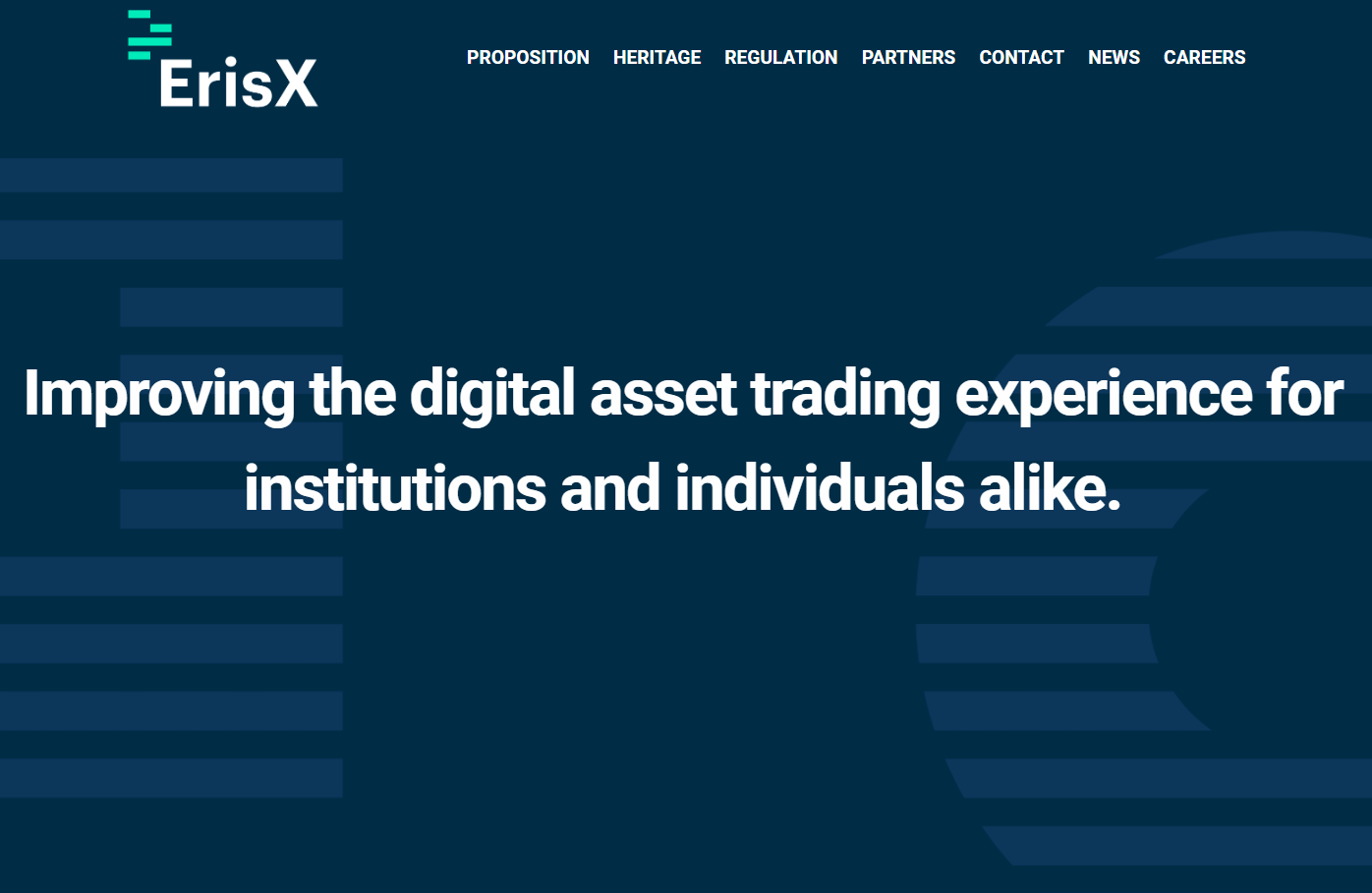Is Institutional Investment in Crypto Still Relevant in 2019?

2019 kicked off with high expectations for institutional investment entering the cryptocurrency space. Exchanges such as Bakkt and ErisX were seemingly setting up to revolutionize the industry and pave the way for huge capital inflows.
We are yet to see these exchanges launch with both still awaiting regulatory approval. Furthermore, we have just seen CBOE wind down its bitcoin futures after months of dwindling volume.d
Are we taking a step back instead of forward when it comes to institutional investors? This Cryptolinks breakdown covers what has happened so far in 2019 with institutional investors and whether it’s more of a pipe dream for crypto enthusiasts than a reality that will bring astounding gains to crypto investors.
What’s the deal with institutional investors?
Firstly, what does institutional investment give us and why do people kick up such a fuss over it?
There are a number of things institutional investment promises to deliver that could change the crypto markets forever. Institutions hold huge amounts of capital and comprise the vast majority of the trading volume in equity markets.
Institutions so far only represent a small percentage of the cryptocurrency market. There is simply a lack of viable ways for institutions to get involved with cryptocurrencies.
Institutions require clear regulatory guidelines before getting involved in a market or they risk a legal backlash from their clients. Currently, there are only a number of products which allow institutions to get involved in the cryptocurrencies markets in a way that complies with regulation.
Some examples of options that institutional investors can make use of currently with the confidence that they have the protection of some regulatory oversight include:
● Institutional services offered by Gemini which is overseen by the New York State Department of Financial Services
● Various indexes offered by Bitwise Asset Management which works with third-party regulated custodians
● Bitcoin futures provided by the Chicago Mercantile Exchange (CME)

Another benefit that institutions would provide to the cryptocurrency markets would be greater amounts of liquidity. Cryptocurrencies are notoriously illiquid, especially ones with lower market capitalizations.
Illiquid markets result in flash crashes, greater amounts of slippage, and a more volatile trading environment. Institutional investors typically demand liquidity so to not subject their client’s funds to wild swings in prices.
When it comes to a developing market such as cryptocurrencies, institutional demand for liquidity can often result in a chicken and egg problem. While institutional investors provide liquidity to a market, they also require liquidity meaning it can be tricky to have one without the other.
However, the state of the industry seems to be slowly developing towards facilitating institutional investment with exchanges such as Bakkt and ErisX awaiting regulatory approval from the CFTC prior to launching their products.

The multiplier effect
Let’s not forget the potential impact on prices if institutional investors start putting their capital into the cryptocurrency market. With trillions of capital under the control of financial institutions, even a small increase in the number of institutions considering cryptocurrency investment could have a large impact on prices.
The cryptocurrency market at the time of writing is valued at $140 billion. The hedge fund Bridgewater alone manages more than this.

It is commonly believed that if an extra $100 billion were to go into markets, the market cap would increase by $100 billion. For example, if $100 billion was invested into cryptocurrencies by Bridgewater, the market cap of cryptocurrencies would increase by $100 billion.
However, this is not generally the case with cryptocurrencies or any other market. Every incremental dollar invested typically has a much larger effect than increasing the market cap by one dollar alone.
This is known as the multiplier effect and it is difficult to estimate how much every one dollar invested will increase the market cap by but it will generally be much greater than one dollar. Cryptocurrency investment analyst Chris Burniske estimates that every dollar invested into cryptocurrencies increases the market cap by a factor of 2.5x to 25x.
Why does this matter? Essentially, this means that when the way is paved for institutional investors to enter the cryptocurrency market, the market cap may increase by multiples of what the institutions invest.
When Bakkt and ErisX?
One of the reasons the launches of ErisX and Bakkt are being postponed so long is due to both awaiting approval from the CFTC for their planned products before launching. This marks good groundwork being put in to pave the way for institutions to enter.

ErisX has reported it is prepared to launch later this year while Bakkt remains postponed indefinitely. Financial services behemoth Fidelity has also been slowly venturing into providing cryptocurrency-related products to institutional investors.
A famous quote often attributed to Mark Twain is that “at first you go bankrupt slowly, then all at once”. Maybe the same will apply for institutional investors entering the cryptocurrency market. Slowly at first, then all at once.
